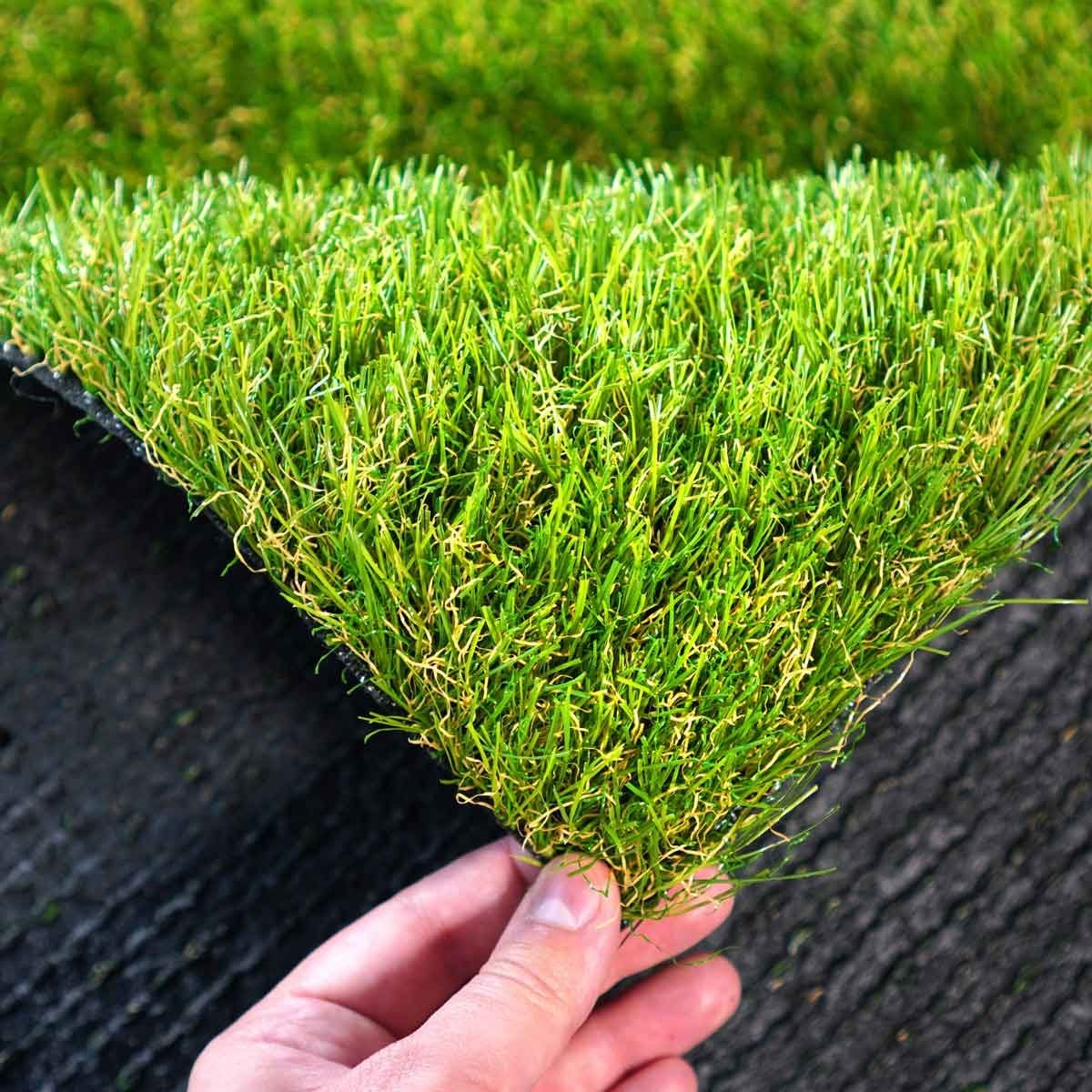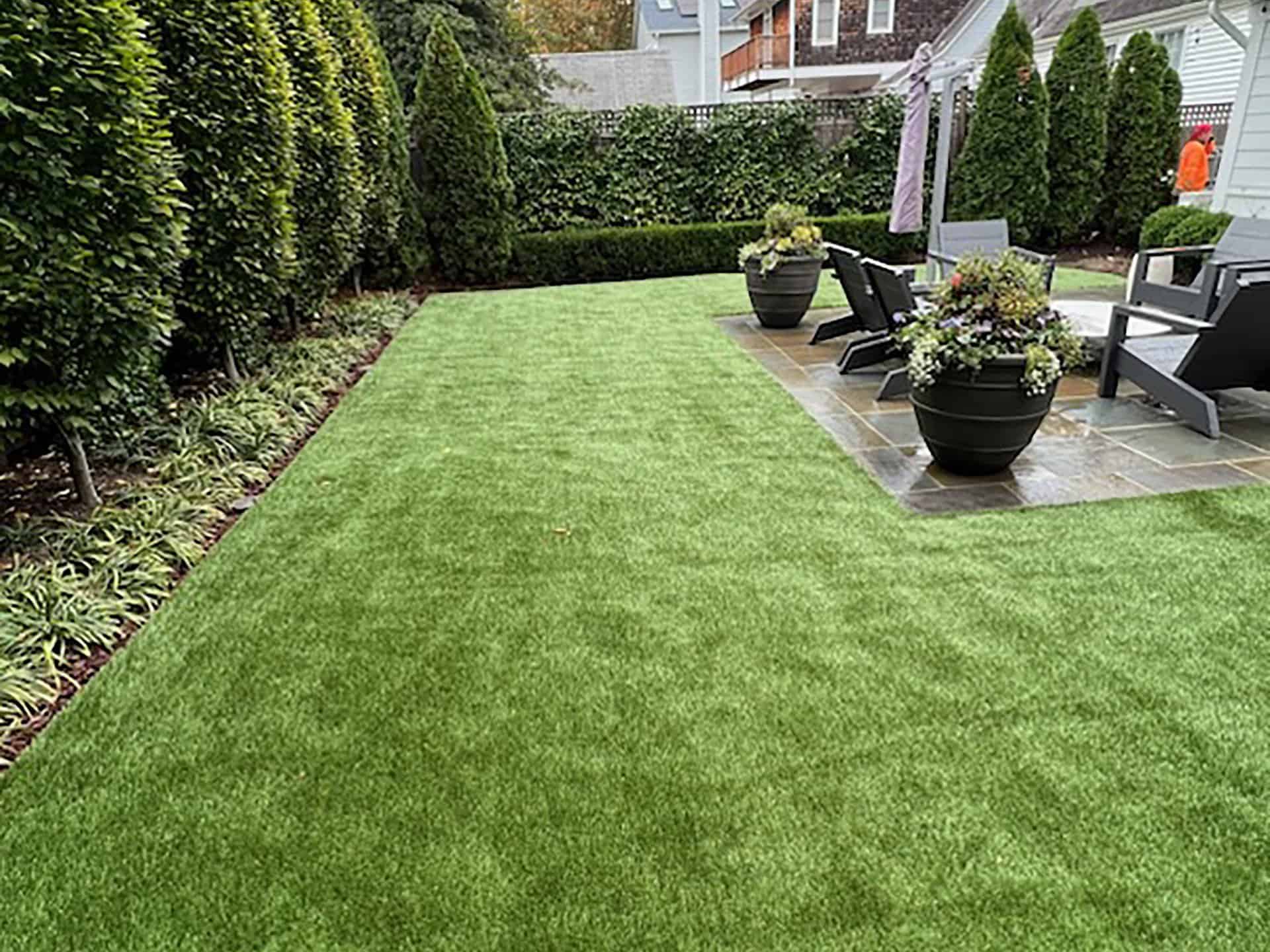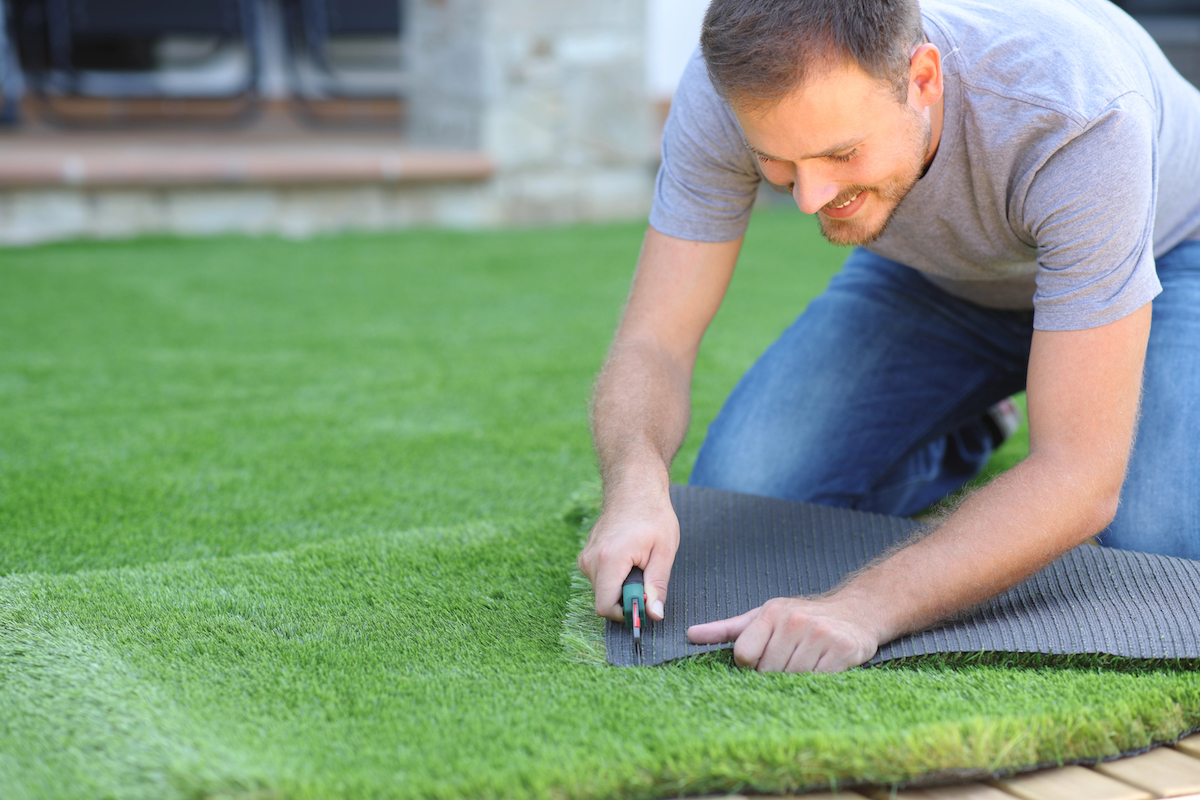Professional Arizona Turf Installation Solutions for Residential and Commercial Use
Professional Arizona Turf Installation Solutions for Residential and Commercial Use
Blog Article
Look Into the Environmental Perks of Opting for Synthetic Grass Solutions
The fostering of synthetic grass solutions provides an engaging chance to deal with pushing environmental obstacles. By substantially reducing water use and lessening the application of dangerous chemicals, these options not just promote sustainable landscaping yet likewise safeguard local ecological communities. Moreover, the reduced carbon footprint connected with lowered upkeep tasks contributes to an extra sustainable strategy to land administration. Nonetheless, the effects of these benefits extend past plain preservation initiatives, questioning concerning their long-term effect on habitat preservation and general environmental equilibrium. Discovering these measurements exposes an intricate interplay worth considering.
Water Preservation Perks
One of one of the most significant benefits of fabricated lawn is its capacity to preserve water. Standard lawn yards call for substantial irrigation, specifically in areas prone to drought or water restrictions. On the other hand, fabricated turf does not require watering, substantially minimizing the general need for water sources. This feature is especially helpful in deserts where water deficiency is a pushing concern.
By removing the requirement for normal watering, synthetic turf contributes to lasting landscape methods and assists reduce the environmental impact of excessive water intake. In addition, the conservation of water reaches the reduction of runoff, which can cause dirt erosion and river contamination.
Additionally, the setup of synthetic grass permits property owners and municipalities to allocate water resources more efficiently, focusing on crucial usages such as alcohol consumption water and agriculture. The shift in the direction of fabricated lawn not just promotes accountable water usage yet also aligns with broader environmental objectives targeted at preserving all-natural sources.
As neighborhoods progressively prioritize sustainability, the water preservation advantages of synthetic grass present a compelling situation for its adoption in household and commercial landscaping jobs.
Reduced Chemical Use
The transition to synthetic grass significantly reduces the reliance on chemical therapies typically made use of in all-natural lawn maintenance. Typical lawn administration typically includes the application of chemicals, fertilizers, and herbicides to promote development and control parasites. These chemicals can position threats to human health, local wild animals, and the atmosphere, adding to dirt and water contamination.
In contrast, artificial grass eliminates the need for these dangerous compounds. By decreasing the launch of artificial compounds right into the environment, artificial lawn promotes healthier soil and water systems.
Furthermore, the lack of chemical overflow connected with synthetic turf installations aids protect regional rivers from contamination, supporting water life and preserving biodiversity. Artificial turf companies phoenix. As areas increasingly focus on lasting methods, going with synthetic grass provides a practical remedy that aligns with environmental conservation objectives. Via this shift, homeowner can take pleasure in lavish environment-friendly areas without jeopardizing ecological health and wellness, paving the way for an extra sustainable future
Reduced Carbon Footprint

Additionally, the installment of synthetic grass can lead to substantial water preservation. All-natural grass need substantial quantities of water for irrigation, which not only includes to the carbon footprint related to water extraction and treatment yet additionally stress neighborhood water sources. On the other hand, artificial lawn needs marginal upkeep, needing no watering, thus dramatically minimizing water use and its associated energy prices.
Furthermore, the durability of artificial turf contributes to its decreased carbon influence. With a lifespan of as much as 15 years or more, the need for regular replacements is reduced, leading to much less waste and lower power usage in production and throwing away traditional yard alternatives. On the whole, fabricated grass offers a lasting alternative for eco aware landscape design.
Habitat Conservation
Environment conservation is a crucial factor to consider in the debate over landscaping options, especially when comparing synthetic grass to all-natural lawn. Natural yard yards typically need considerable upkeep, including making use of look here pesticides, plant foods, and herbicides, which can negatively impact local environments. These chemicals can leach right into the dirt and rivers, damaging indigenous plants and fauna and disrupting regional habitats.
In contrast, artificial lawn provides a chance to minimize the ecological impact of landscaping. By going with synthetic grass, house owners can lessen the interruption of all-natural environments connected with conventional yard treatment practices. Synthetic grass removes the demand for harmful chemicals, therefore safeguarding neighboring wildlife and maintaining the integrity of bordering ecosystems. Moreover, the installation of fabricated lawn can cause the conversion of previous yard areas into even more biodiverse landscapes, such as pollinator yards or native plant locations, which can sustain neighborhood wildlife.
Inevitably, the shift to synthetic grass not just saves water and minimizes maintenance initiatives however also fosters a more harmonious connection in between human activities and the natural setting, promoting environment conservation at the same time.
Long-Term Sustainability
Long-term sustainability is an essential variable in assessing the benefits of synthetic grass over conventional turf yards. Among the most significant benefits of man-made lawn is its resilience; it can last as much as 15-20 years with very little upkeep, whereas natural grass requires frequent reseeding and substitute. This durability minimizes the requirement for consistent sources, such as water, fertilizers, and chemicals, which are necessary for preserving a healthy yard yard.
Additionally, synthetic grass contributes to a decrease in carbon discharges connected with yard care equipment. Standard lawns typically call for gas-powered lawn mowers, leaners, and blowers, every one of which add to air contamination. Arizona artificial turf. On the other hand, synthetic grass gets rid of the need for such equipment, promoting a cleaner setting
Additionally, the production of synthetic grass significantly uses recycled products, improving its sustainability account. As suppliers embrace green techniques, the ecological footprint of synthetic grass continues to lessen.

Verdict
The adoption of synthetic grass options provides you can try this out considerable environmental advantages, consisting of substantial blog water conservation, reduced dependence on damaging chemicals, and a reduced carbon impact. Synthetic grass aids in preserving natural habitats by decreasing land disruption and promoting long-lasting sustainability with the use of sturdy products. Jointly, these variables highlight the possibility of fabricated turf to add favorably to ecological health and wellness and provide a viable choice to conventional landscaping methods in an increasingly resource-conscious globe.
In contrast, synthetic lawn does not require watering, dramatically reducing the general demand for water sources. By lessening the release of synthetic substances right into the community, synthetic grass promotes healthier soil and water systems.
Moreover, the installation of synthetic lawn can result in substantial water preservation. In contrast, man-made grass requires marginal maintenance, requiring no watering, thereby substantially reducing water use and its connected power costs.

Report this page